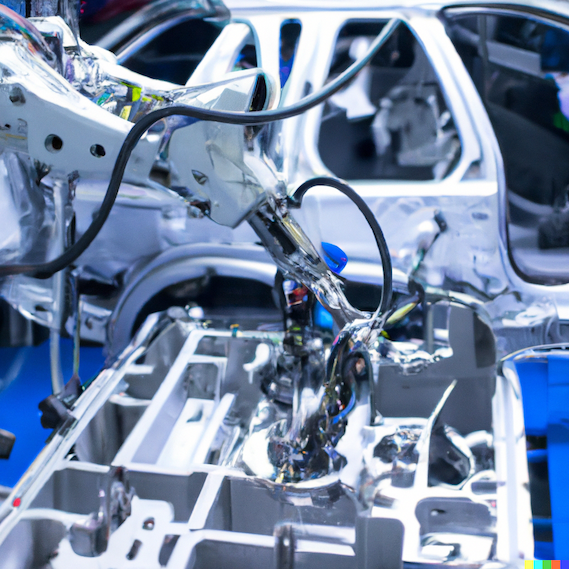The field of robotics has advanced by leaps and bounds over the past few decades, and computer vision has played a significant role in this progress. Computer vision is the ability of machines to interpret and understand images and video data, and this technology has made it possible for robots to perceive and interact with the world around them in a more intuitive and human-like way.
In recent years, there has been a growing interest in the intersection of computer vision and robotics, and how these two fields can work together to create more advanced and collaborative technologies. This blog post will explore some of the key developments in this area and highlight the potential benefits of this intersection.
One of the primary benefits of combining computer vision and robotics is the ability to create more autonomous and intelligent machines. By giving robots the ability to perceive and interpret their surroundings, they can navigate complex environments more effectively and perform tasks with greater accuracy and efficiency. For example, a robot equipped with computer vision could be used in manufacturing to identify and sort different parts, or in agriculture to detect and remove weeds from crops.
Another area where computer vision and robotics are intersecting is in the development of collaborative robots, or cobots. These are robots designed to work alongside human workers, sharing tasks and responsibilities in a way that is safe and efficient. Cobots are typically equipped with sensors and cameras that allow them to perceive their surroundings and avoid collisions with humans, as well as advanced algorithms that enable them to adapt to changing environments and perform complex tasks.
One example of a collaborative robot that utilizes computer vision is the Baxter robot, developed by Rethink Robotics. Baxter is designed to work alongside human workers in manufacturing and assembly settings, and is equipped with sensors and cameras that allow it to perceive its surroundings and detect the presence of humans. This enables Baxter to collaborate with human workers in a safe and efficient manner, performing tasks such as pick-and-place operations and machine tending.
In addition to manufacturing and assembly, computer vision and robotics are also intersecting in the field of healthcare. For example, robotic surgery systems are increasingly using computer vision technology to enhance their capabilities and improve patient outcomes. These systems can provide surgeons with real-time images and data about the patient’s anatomy, allowing them to perform complex procedures with greater precision and accuracy.
Another area where computer vision and robotics are intersecting is in the development of autonomous vehicles. Self-driving cars rely heavily on computer vision technology to navigate and perceive their surroundings, using cameras and sensors to detect obstacles and navigate through traffic. This technology has the potential to revolutionize transportation and make our roads safer and more efficient.
In conclusion, the intersection of computer vision and robotics is an exciting area of development that has the potential to create more advanced and collaborative technologies. By giving robots the ability to perceive and understand their surroundings, we can create machines that are more autonomous, intelligent, and safe. From manufacturing and healthcare to transportation and beyond, the possibilities for this intersection are limitless.





